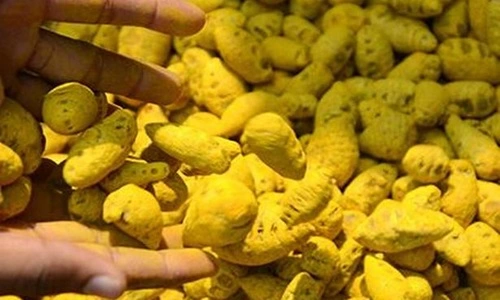India, a land of diverse flora, is home to some of the most beautiful yet dangerous poisonous plants. These natural beauties, while captivating, harbour toxins that can be harmful to humans and animals alike. From the visually stunning but deadly Oleander to the deceptive allure of the Datura, this article unveils the top 10 poisonous plants found in India, highlighting the risks they pose and the caution needed when encountering them.
1. Cascabela Thevetia (Yellow Oleander)
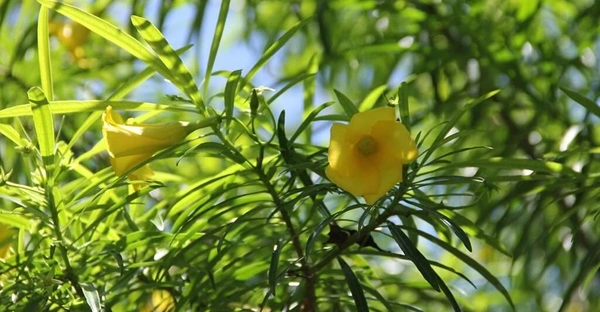
The Yellow Oleander is a good-looking plant that is found all over much of India, most profusely in the warm, southern, and eastern parts. The plant carries shining, green leaves with very bright yellow—or even orange—flowers, which are formed like a trumpet. But don’t let the beauty of this plant deceive you; it is very dangerous if eaten in any of its parts. Its leaves and seeds do contain a poison, which can make your heart beat strangely and make you vomit, maybe even kill you. It’s important to admire this plant from a distance and not touch or eat any part of it.
2. Calotropis
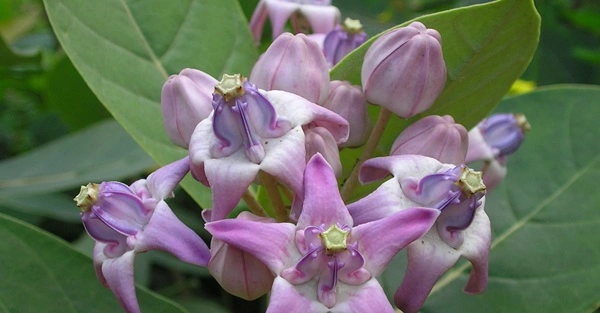
Growing in every place from the deserts of Rajasthan to the lush lands of Kerala and Tamil Nadu, Calotropis is a common sight in India. It is tall with wide leaves and bearing beautiful white or purple-coloured flowers. If leaves or stems are broken, then that’s where the milky white fluid oozes out. Poison is contained in the fluid, and all parts of the plant have poison. They also cause eye pain and skin irritation. Should an individual eat some of its parts, this will bring about profound illness characterized by stomach pain and breathing problems.
3. Castor Bean Plant
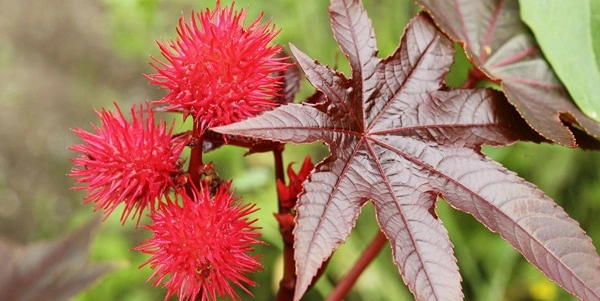
The Castor Bean Plant is found in every part of India and has large green leaves with pointed hairy seedpods. The seeds found inside the seedpods of the Castor Bean are shiny and are used to prepare oil known as castor oil—quite a common oil in most households. These seeds, however, contain a very dangerous poison called ricin. If an individual, takes this, it can cause him to get very ill to the extent of experiencing a lot of pain in the stomach and vomiting up to the point of death. Children and pets, therefore, should be kept away from these seeds.
4. Datura (Jimsonweed or Thorn Apple)
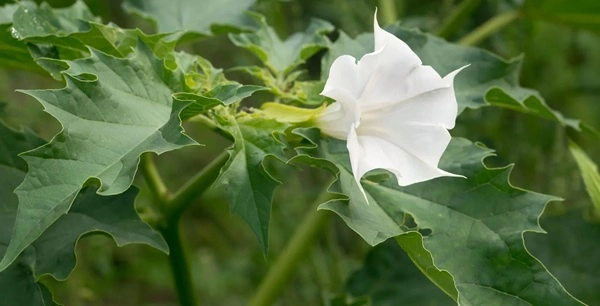
Datura is generally known as Jimsonweed or Thorn Apple. It grows in the wild throughout northwestern, central, and southeastern parts of India, especially in Uttar Pradesh, Punjab, and Himachal Pradesh. These wild plants are usually huge and have beautiful white or purple-coloured flowers with a strong fragrance. But please be very careful, since Datura is very poisonous all over. It can give you a rapid heart rate, produce terrifying dreams, and can even kill you if you eat it. It’s best to avoid this plant altogether.
5. Cerbera Odollam (Pong-Pong or Suicide Tree)
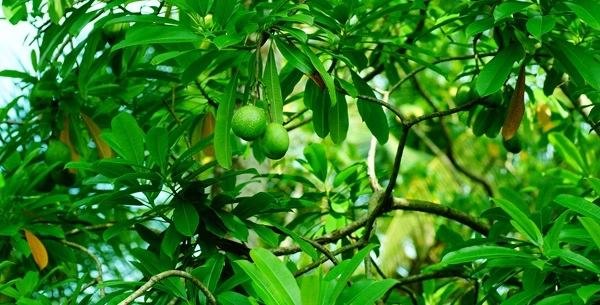
The tree is covered with flowers of white colour and fruits of green colour, which have large seeds in them. In its turn, these seeds have a thin layer, which is made of cotyledons. This very thin layer contains a very strong poison called cerberin, and when a break is made in it, it can stop the heart of a person from beating. This tree has been used in suicides and murders because it is deadly. Never eat any part of this tree, in particular, the seeds.
6. Rosary Pea
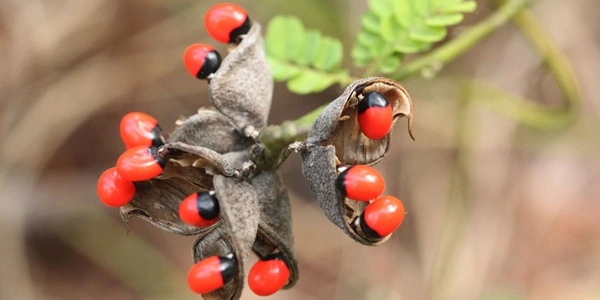
The rosary pea is a climber growing in mostly tropicals of India, such as Kerala, Tamil Nadu, and Karnataka. It has nice red seeds with a black spot and is often used as an ornamental plant. However, those seeds possess a very high level of danger because they contain abrin, a poison much stronger than ricin. It is a strong source of danger, as a very small amount of it can take the life of a human being by producing fever and nausea, making his organs fail one by one. If you see this plant, it’s best to admire it from afar and not touch the seeds.
7. Plumeria
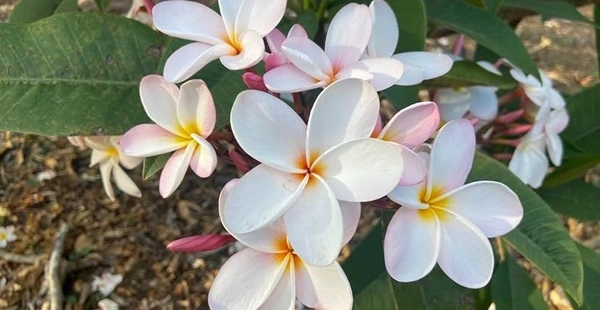
Indian Jasmine, also known as Mogra or Arabian Jasmine, is a very popular and one of the most beautiful fragrant flowers. Its combination of white or yellow petals and green leaves has a different effect in a garden. The Plumeria, otherwise known as Frangipani, is while it is not as threatening to human life as some other plants on this list, the milky sap of this plant can indeed irritate your skin or eyes. Eating any part of the Plumeria will make you sick to your stomach. So, while the flowers are beautiful and smell nice, it’s better not to touch or eat this plant.
8. Dieffenbachia (Dumb Cane)
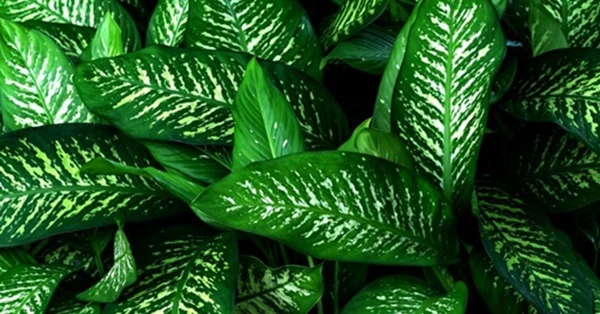
One of the more common plants indoors in India is Dieffenbachia, with large, lovely leaves. But do take care; a piece of this plant chewed in your mouth can cause so much swelling of your mouth and throat that you can’t talk or breathe. That is why others refer to it as “Dumb Cane.” This plant should be taken care of, especially if having small kids or pets that might have wanted to eat the plant.
9. Purple Nightshade
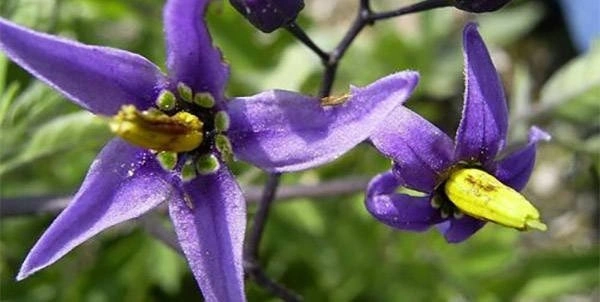
The Purple Nightshade is common as a weed in gardens and wasteplaces throughout India. It has attractive purple flowers and shining black berries that look like they are tempting to eat but would be dangerous to do so. It has poison in it which could make one get a headache, feel nauseous, or maybe die. Therefore, it is very important to let them know that berries or plants outside the house are not supposed to be eaten.
10. Oleander
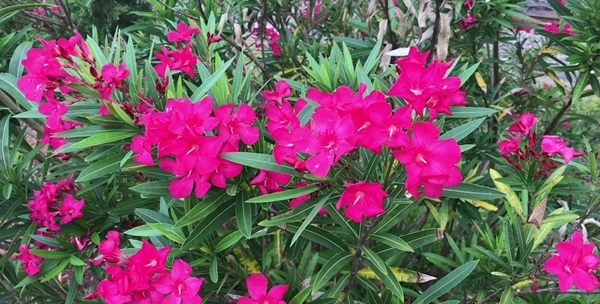
Oleander is a pretty shrub with pink, white, or red flowers that you might see in parks and gardens throughout India. But every part of this plant is very poisonous. Eating just a little bit of Oleander can make someone very sick, causing vomiting, heart problems, and even death. It’s a beautiful plant to look at but never touch or eat any part of it.
Conclusion:
India’s diverse landscape is home to some stunning yet perilous plants. While their beauty captivates, it’s crucial to approach with caution. Educating ourselves and others about this toxic flora can prevent accidental poisonings, ensuring safety for all.
Related Topics:
- 10 Creeper Plants in India (With Names & Pictures)
- 10 Climber Plants in India (With Names and Pictures)
